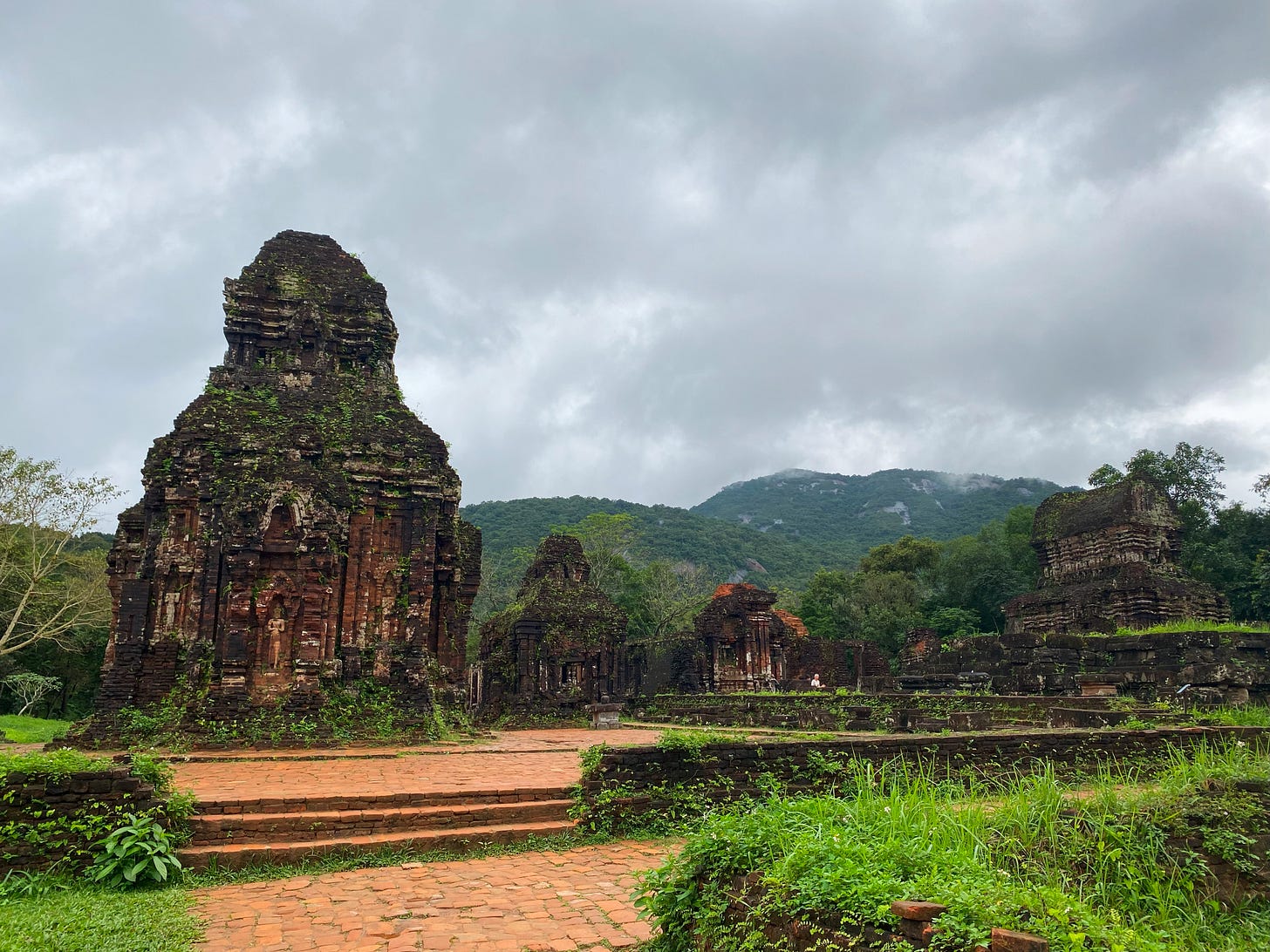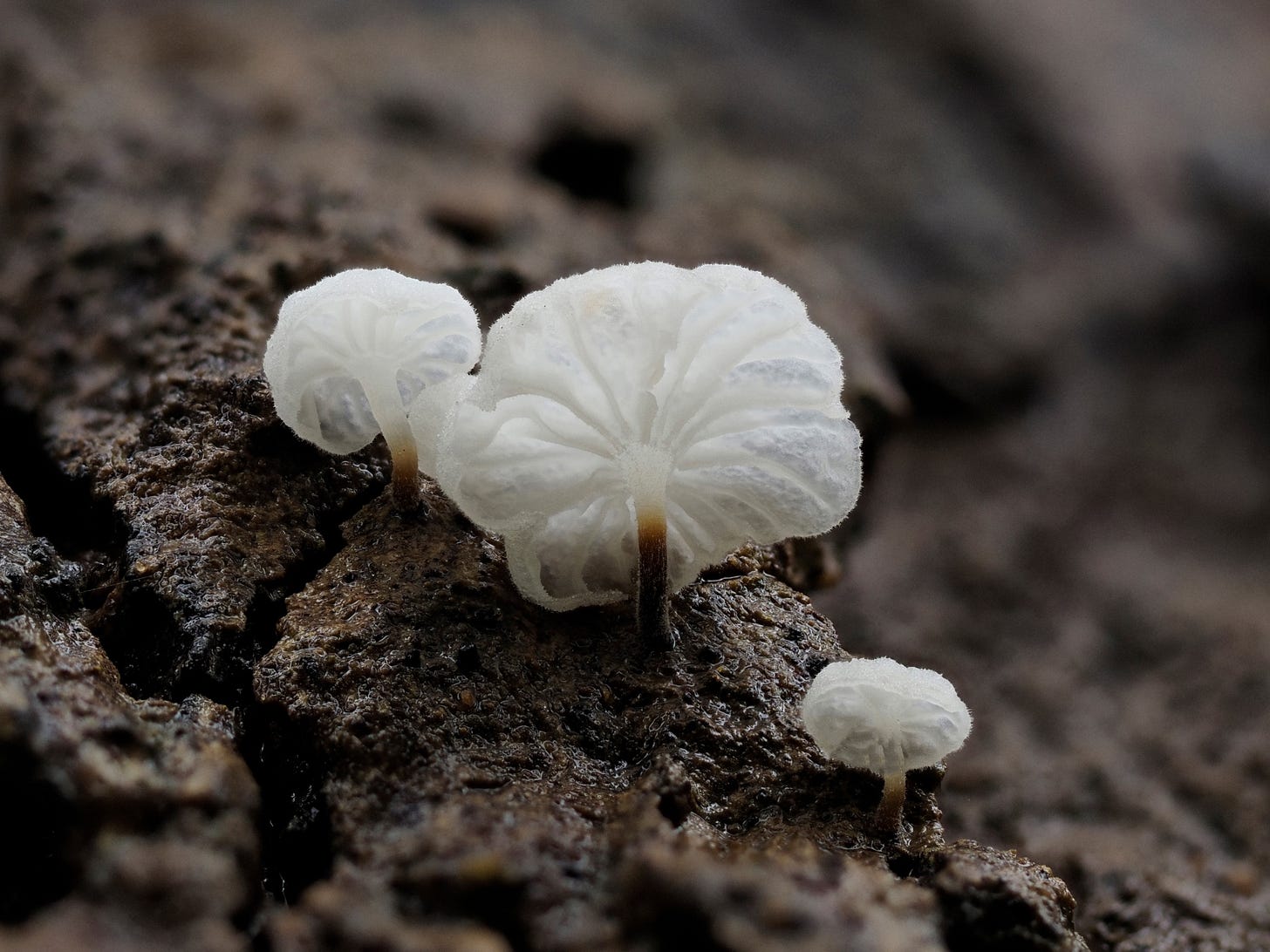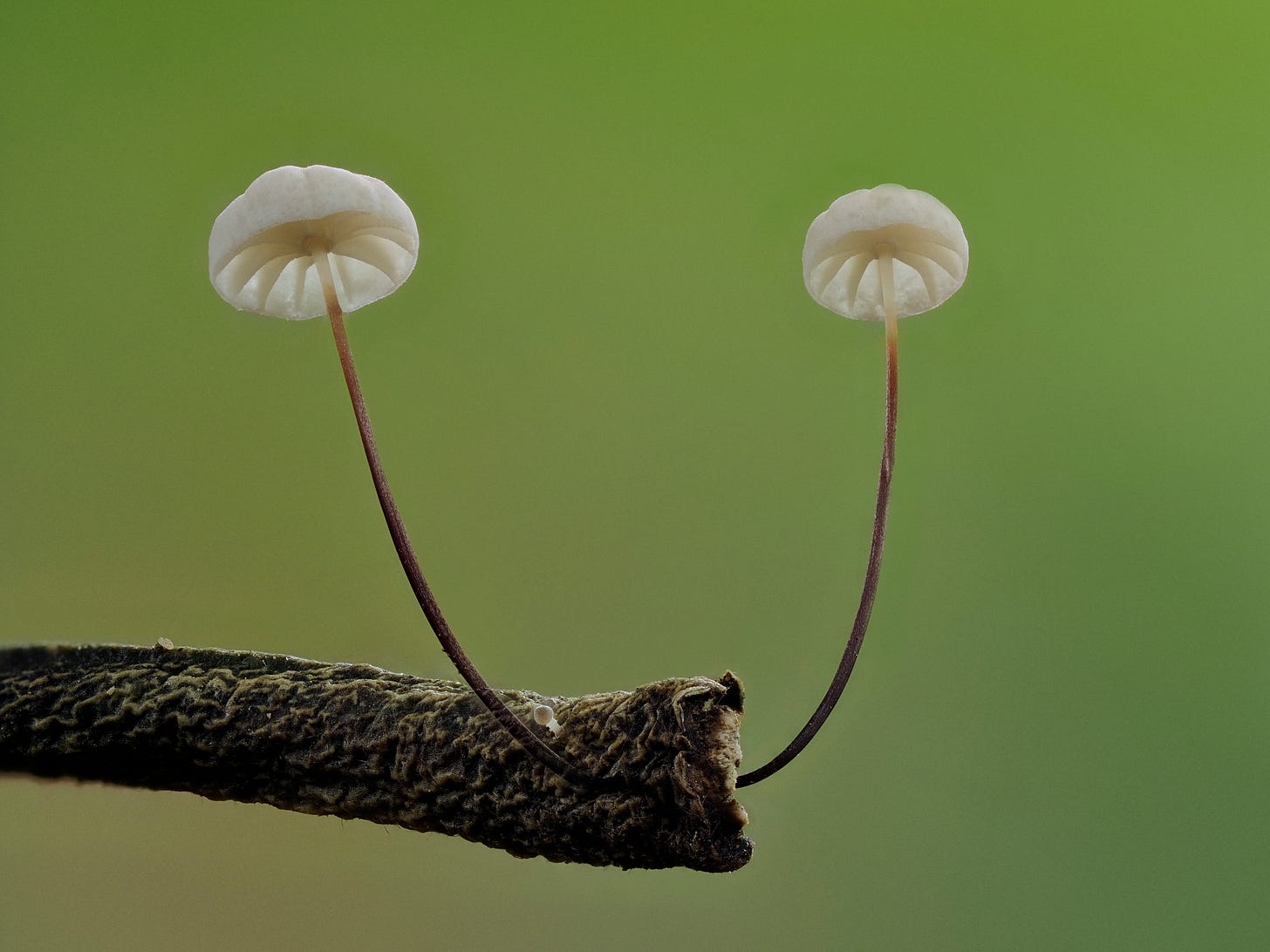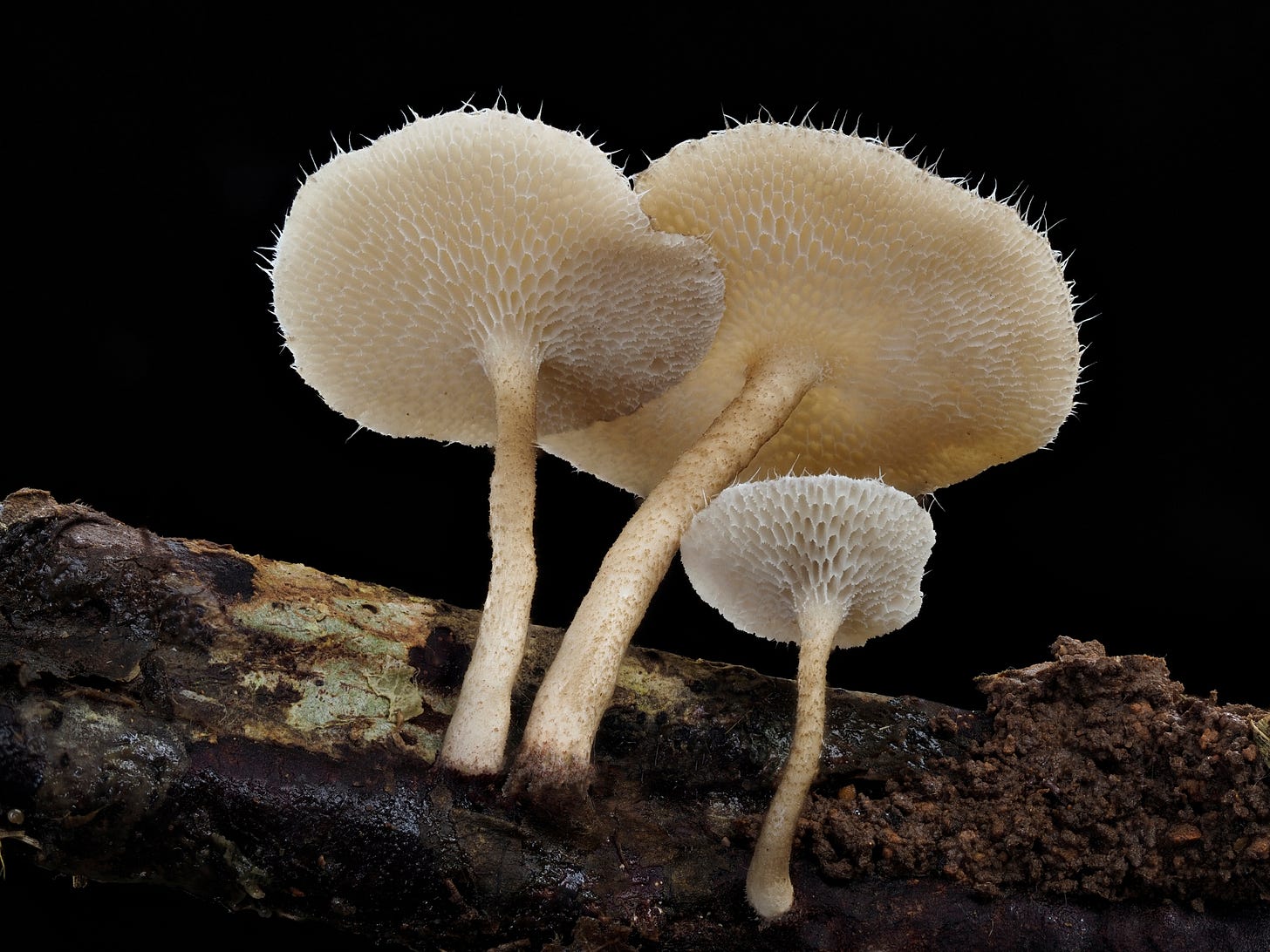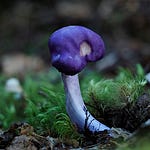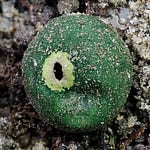In search of Da Nang's natural beauty, my first stop at the Son Tra Peninsula was cut short by security guards. Unfortunately, I couldn't get to the famed 1000-year-old Banyan Tree because recent rains had caused mudslides, blocking access.
My further attempts to explore were hindered by the privatization of natural areas, a consequence of high-end resorts dominating the Peninsula and its surroundings.
Later, I was met with baffled looks at ticket counters in Ba Na Hills, where the idea of hiking seemed odd next to the option of a pricy cable car ride to a kitschy European-style town. The essence of these places has been transformed by commercial interests.
Eventually, I motorbiked about an hour west to the My Son Sanctuary (pronounced ‘mee sun’), a UNESCO World Heritage site older than Bagan in Burma, Angkor Wat in Cambodia, and Borobudur in Indonesia.
Here, I found tranquility in the ruins of this ancient Hindu spiritual center of the Champa Kingdom. The temples, with their stone carvings and sculptures, tell stories from centuries past.
Despite enduring American bombings during the war, the remnants of 4th to 13th-century structures now stand amidst small crater ponds dotted with lotus flowers. These historical relics provide a window into the religious and cultural practices of the Cham civilization.
Surrounded by serene hills and traditional Cham performances, My Son was a refreshing dive into history and a less-trodden side of nature.
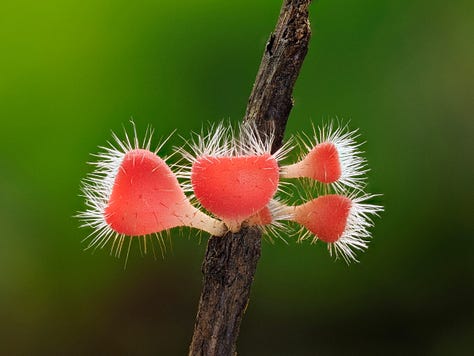
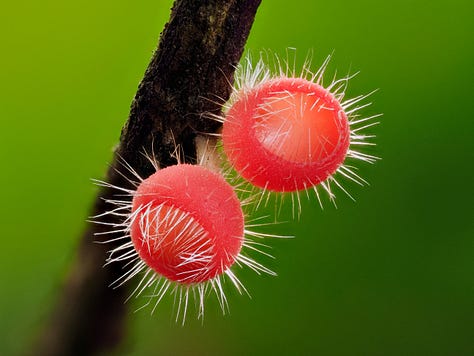
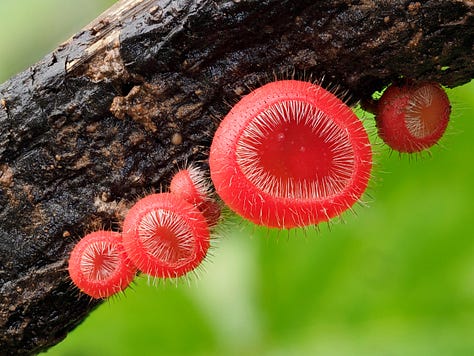
Following a small map printed on the back of my ticket, I ventured along a side trail that veered away from the bustling tourist areas. There, beneath the shade of a tree, I found solitude. Along the path, my attention was captivated by hundreds of pink fuzzy cups dotting the landscape.
Crouching down, I carefully examined the array of leaves, twigs, and tiny growths brought forth by recent rains. Among these, a notable discovery was a ~2cm hairy brown wood ear mushroom perched on a twig with a striking mauve surface. This fascinating find transported me back to a similar encounter in Naha, Okinawa.
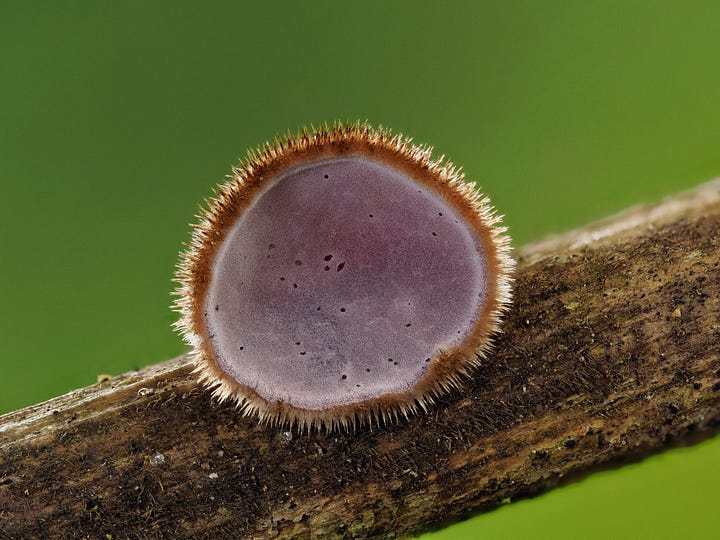
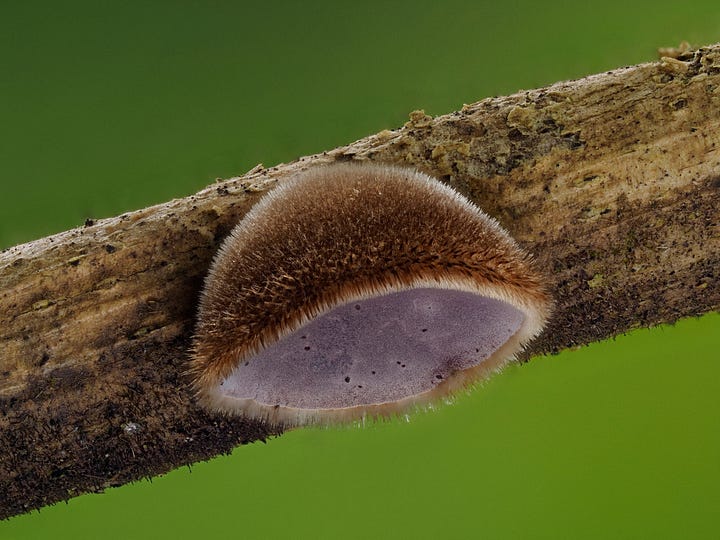
Further along, my excitement grew as I spotted a solitary Golden-scruffy Collybia, its appearance resembling something deep-fried or dusted with Cheeto powder.
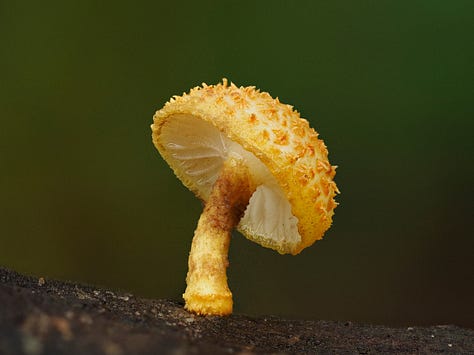
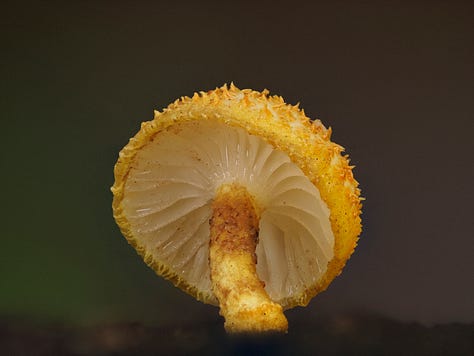
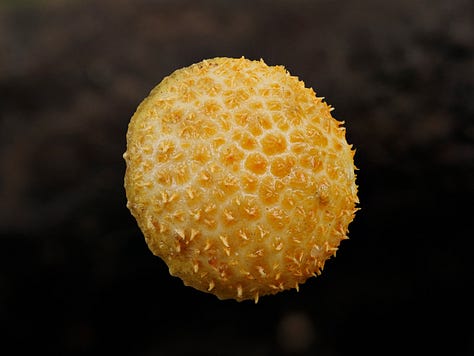
In this small 10m2 area, which I would later learn was an overgrown ruin site, I discovered a rich diversity of species:
So engrossed was I in the hunt that it took me a while to realize I was standing on a hill steeped in history.
The highlight of my exploration was finding Mycena lazulina, or "Tiny Blue Lights," a species that has long been on my bucket list.

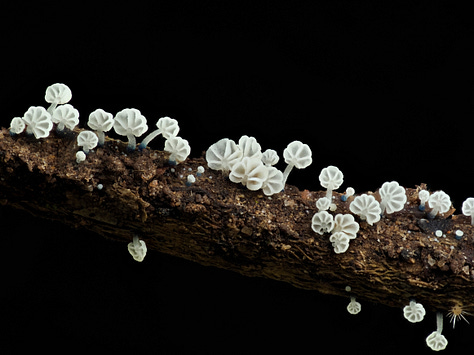
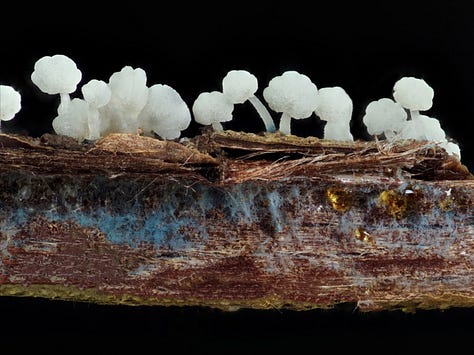
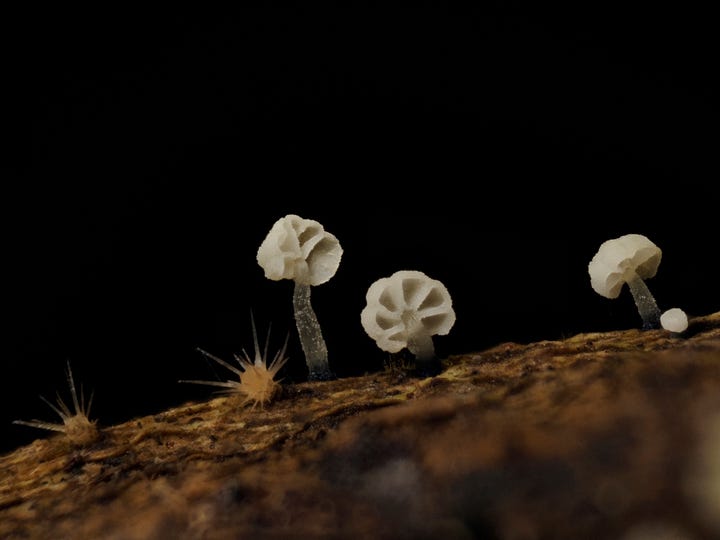
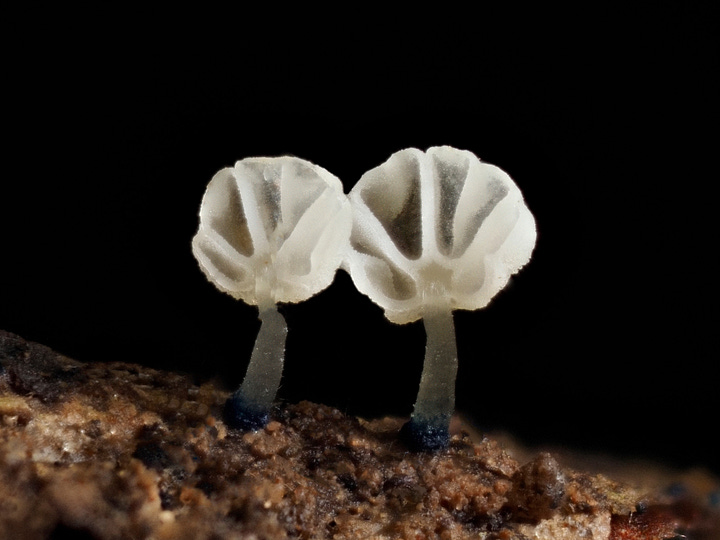
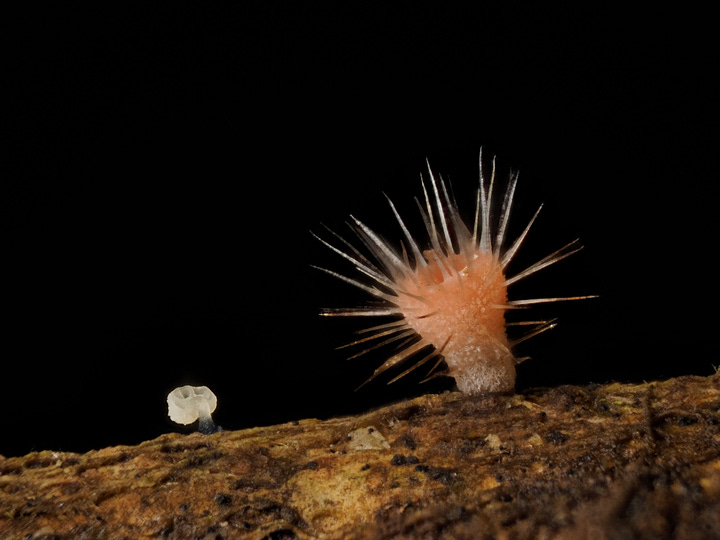
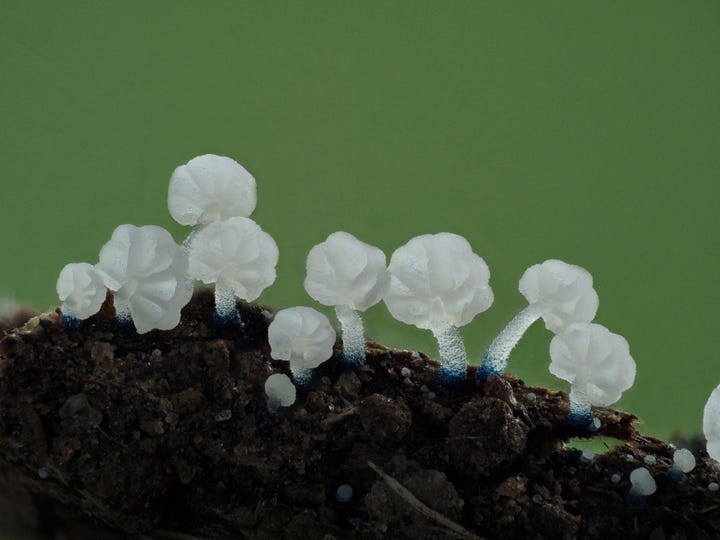
These diminutive fungi, measuring just about 1-2mm, adorned a small twig and exposed blue mycelium. Although I had hoped to capture their bioluminescent qualities, they remained dormant, likely due to the temperature being below 20°C and other environmental factors.
This discovery marked the first recorded observation of M. lazulina in Vietnam on iNaturalist, making it a truly special Christmas.



